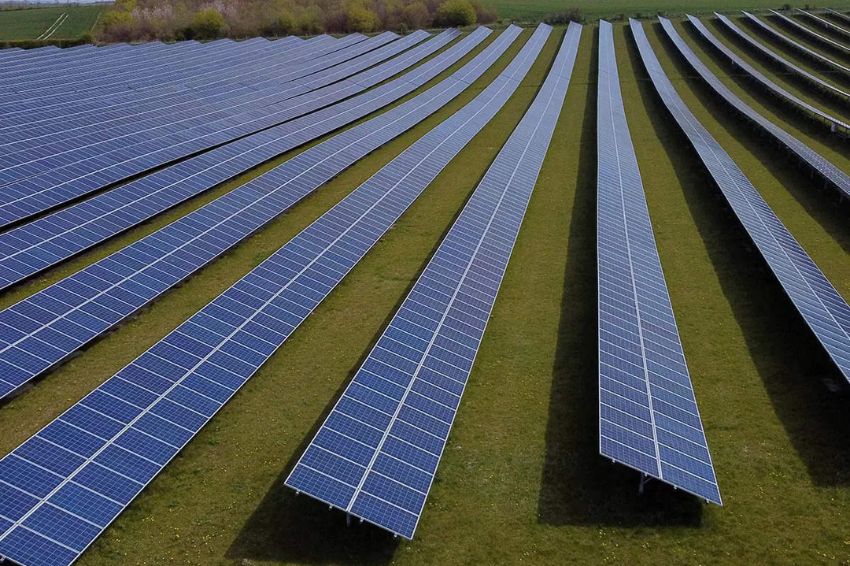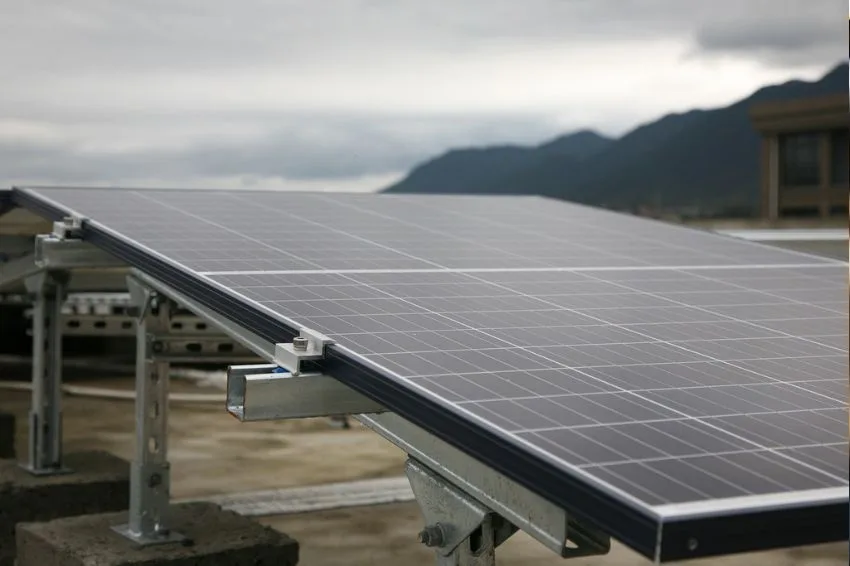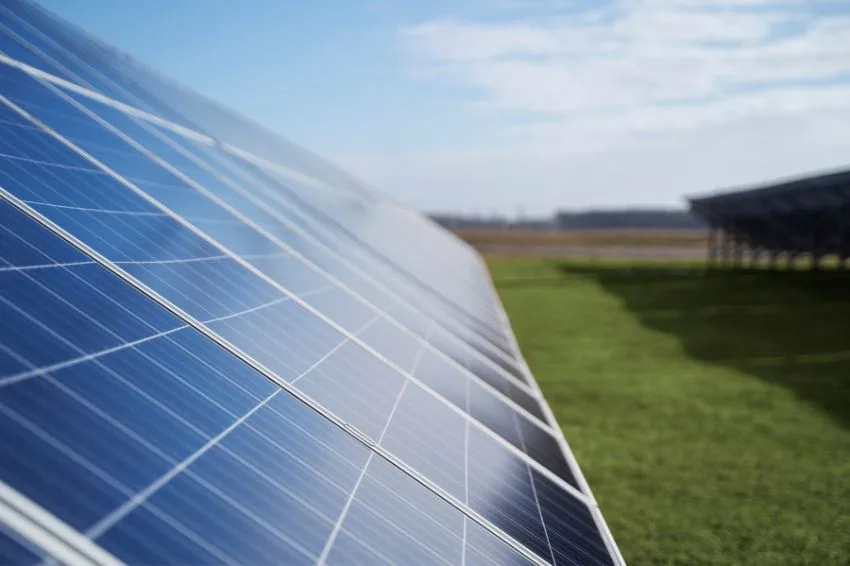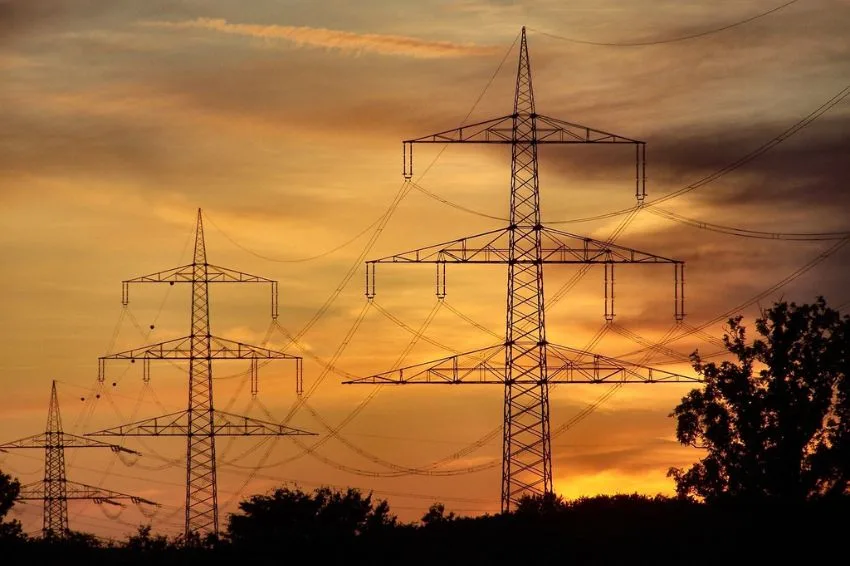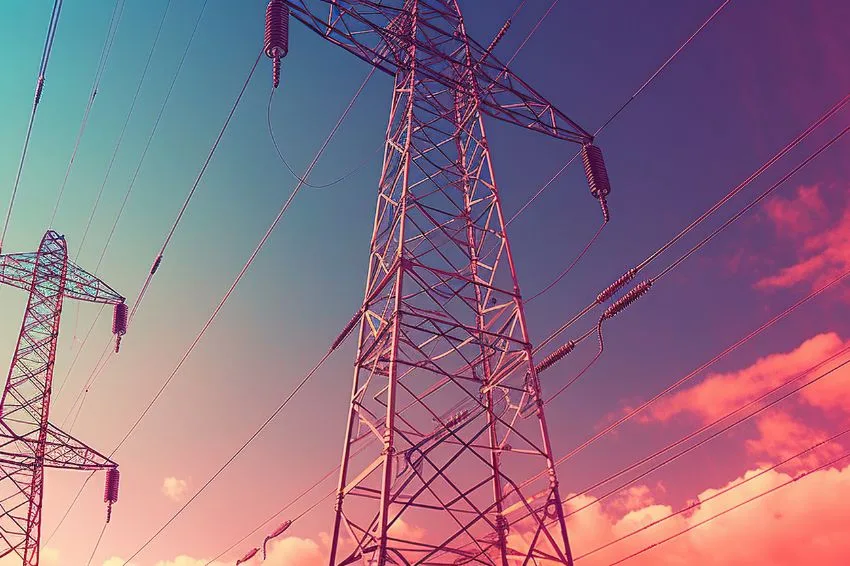To the large Brazilian photovoltaic plants reached the mark of 11 GW of operational capacity, according to mapping carried out by ABSOLATE (Brazilian Photovoltaic Solar Energy Association).
According to the association, large-scale projects are currently operating in all Brazilian states, with the region being North East the leader in installed power, with 55.57% of representation, followed by the Southeast, with 42.99%. The South region contributes with 0.54%, the North with 0.51% and the Central-West (plus DF) with 0.39%.
Since 2012, this sector has contributed significantly to the national economy, bringing more than R$ 49.1 billion in new investments and generating more than 330.1 thousand accumulated jobs. Furthermore, it contributed approximately R$ 17.2 billion in revenue for public coffers.
In evaluating Rodrigo Sauaia, CEO of ABSOLAR, the expansion of solar energy in large plants not only strengthens the Brazilian economy, but also boosts the energy transition process. “The solar source is part of this solution and a true engine for generating opportunities, new jobs and income for citizens”, he points out.
“The growth of solar energy strengthens sustainability, relieves family budgets and increases the competitiveness of Brazilian productive sectors, factors that are increasingly important for the national economy and for fulfilling the environmental commitments assumed by the country”, he adds.
The accelerated growth of solar energy in Brazil is considered a global trend and plays a crucial role in the process of decarbonizing economies, according to Ronaldo Koloszuk, president of the Board of Directors of ABSOLAR.
“Brazil has one of the best solar resources on the planet, which opens up a huge possibility for the production of the cheapest green hydrogen in the world and the development of new synergistic technologies, such as energy storage and electric vehicles”, he says.
“According to a study by Mckinsey consultancy, Brazil could have an entire new electrical matrix by 2040 dedicated to the production of H2V. To this end, the country should receive around R$ 1 trillion in investments over the period, such as electricity generation, transmission lines, fuel manufacturing units and associated structures, including port terminals, pipelines and storage”, adds Koloszuk.


